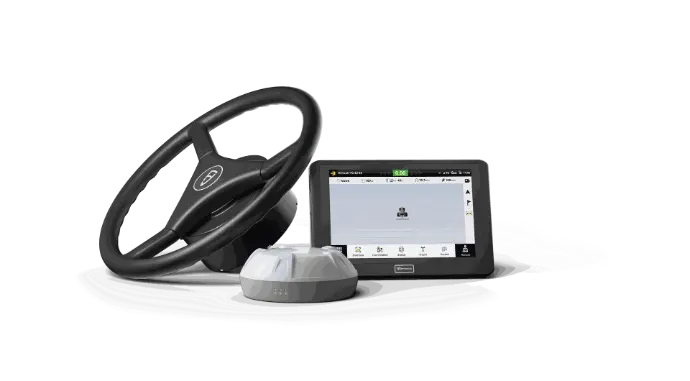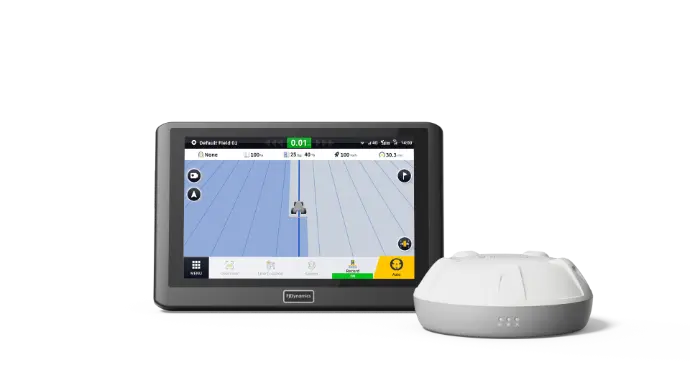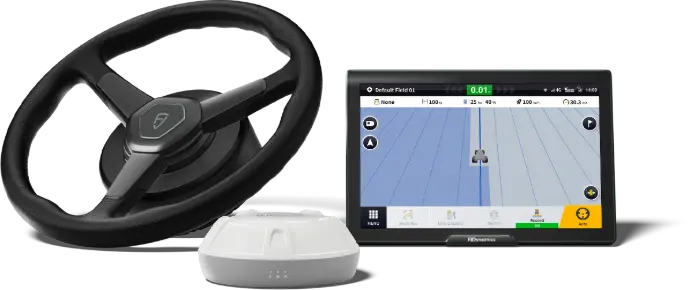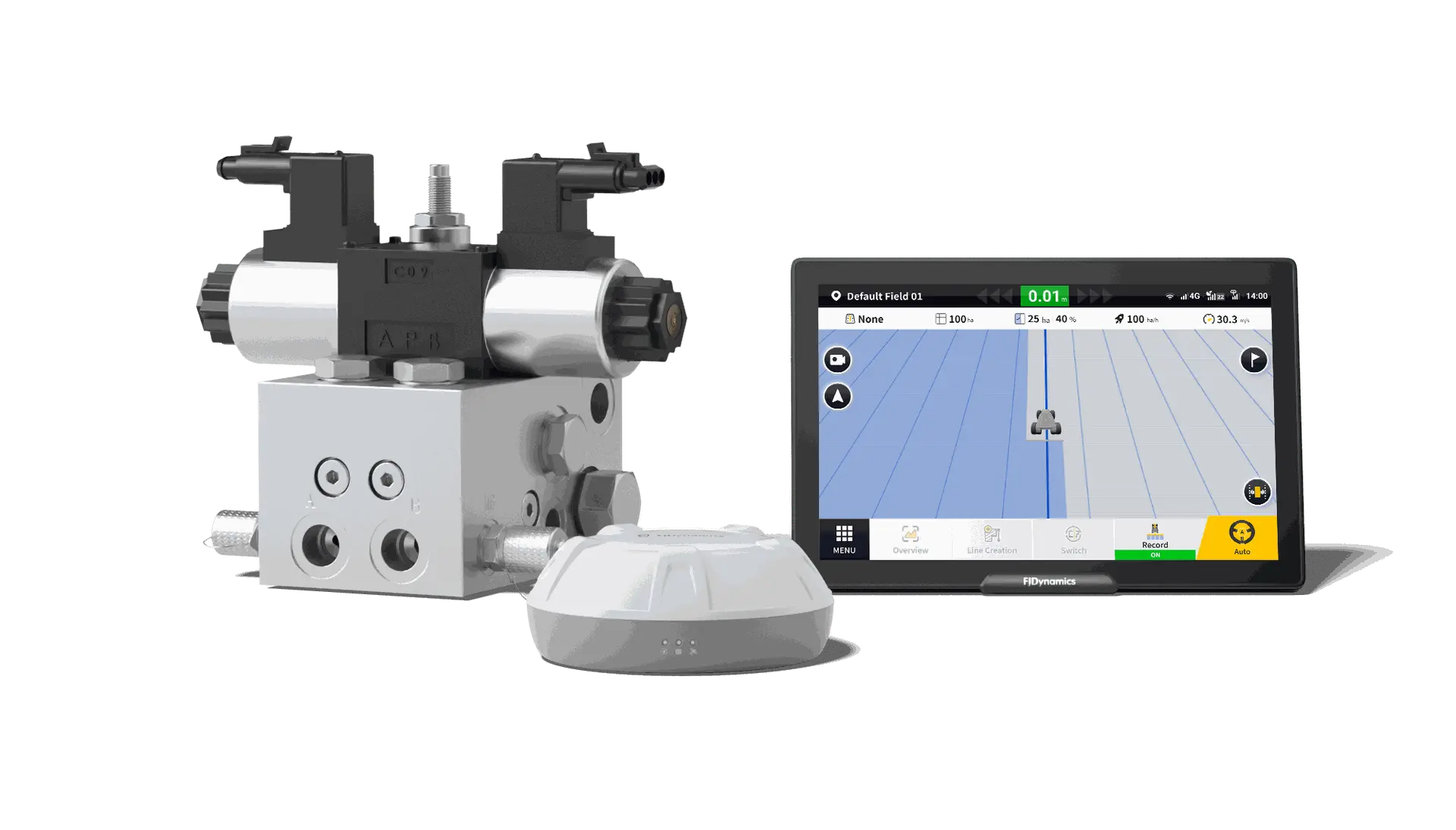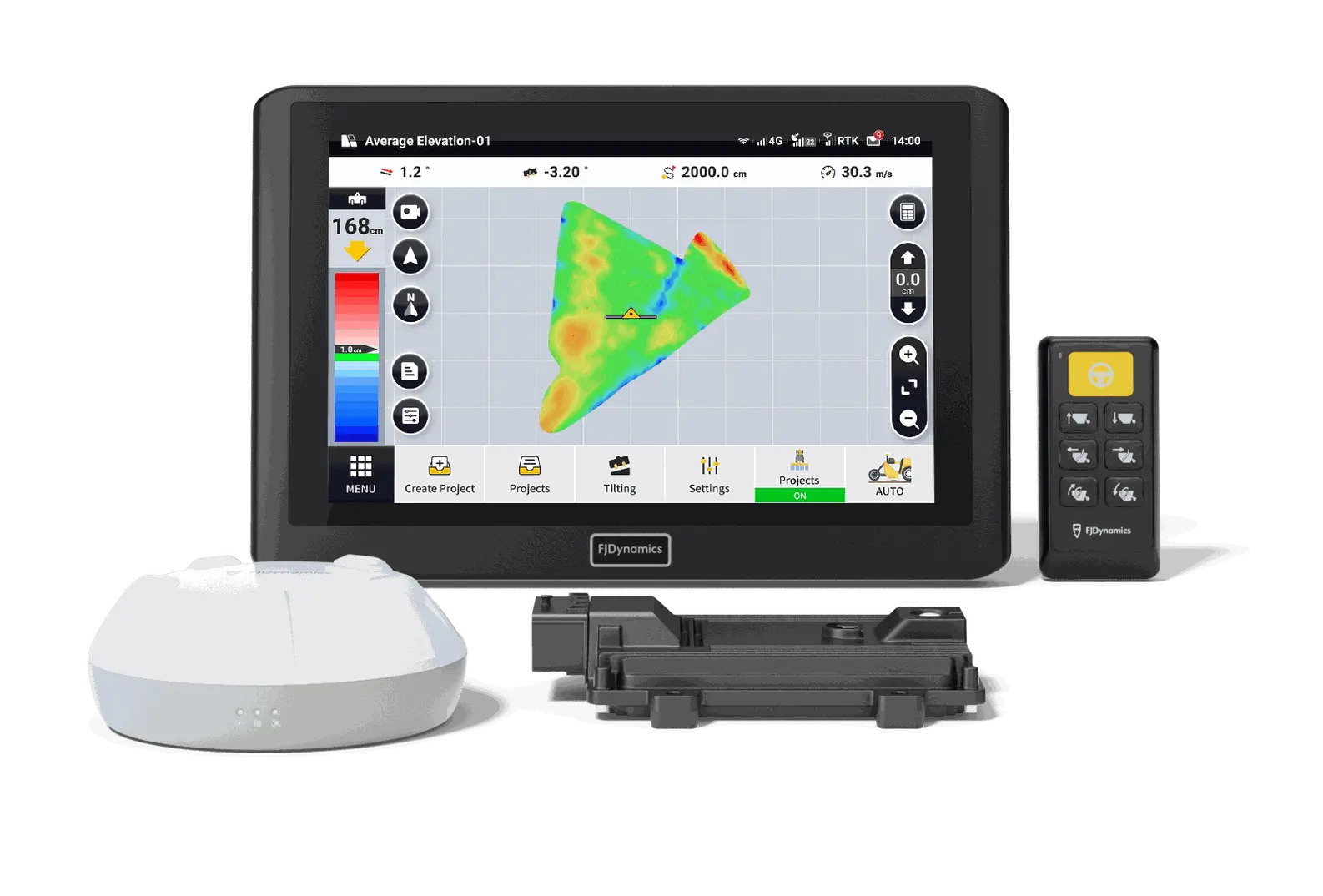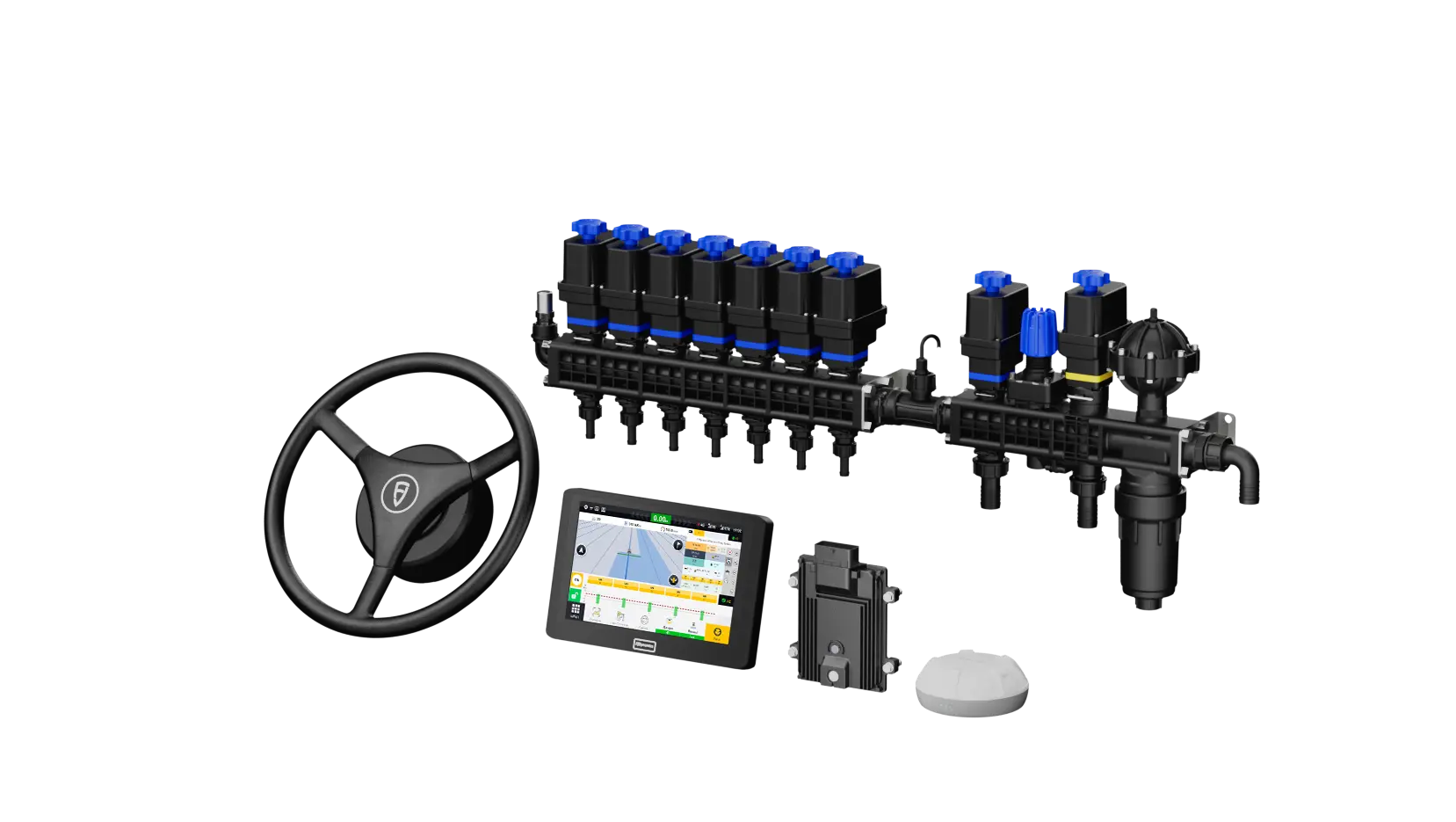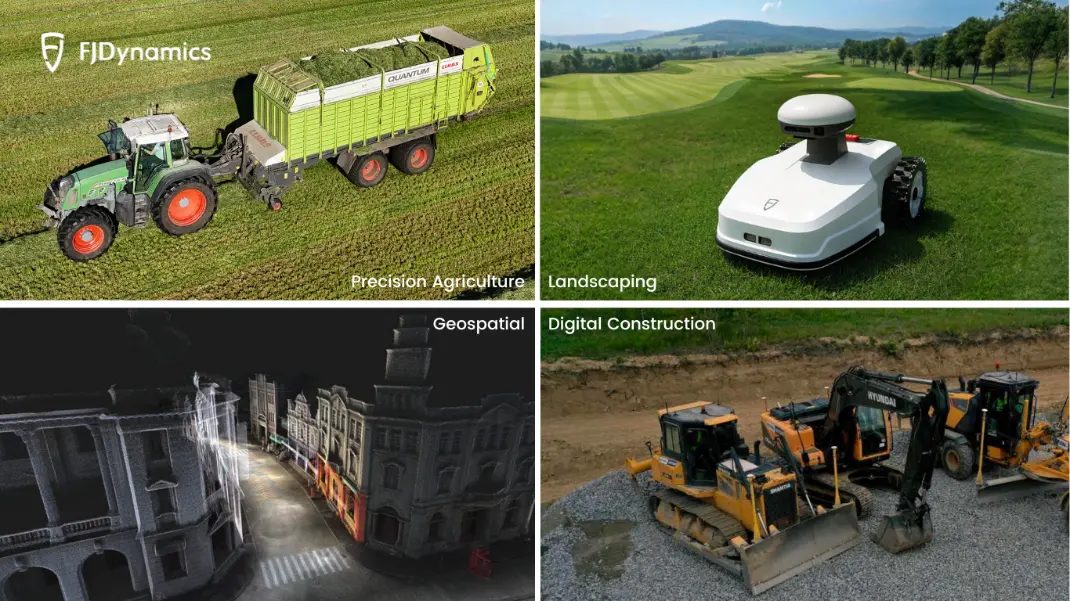The world’s population is booming, but farmland isn't. By 2050, we'll need to feed 9.7 billion people—yet climate change, droughts, and shrinking fertile land make traditional farming a risky game. That's where precision agriculture sensors are increasingly popular among modern farmers: the secret weapons helping farmers grow more food with fewer inputs. Think of them as a farmer's "sixth sense", revealing secrets about soil, crops, and weather that the naked eye can't see.

A Quick Introduction to Farming Sensors
A farming sensor is a small, smart device that "senses" everything happening around it and collects real-time data about the land, crops, animals, or weather—details that are invisible to the naked eye—and turns them into actionable insights. They can be hidden in the soil, attached to a tractor, or floating on a drone, working around the clock. Most sensors are wireless and connect to apps via Wi-Fi or Bluetooth.Sensors are like the eyes and ears of today's farms. They give us instant info about the air, soil, how plants are growing, and how machines are doing. They act as extensions of the farmer's senses, providing data that would be impossible to collect manually, or at least, not with the same level of accuracy and timeliness. Acting like tiny detectives scattered across fields, sensors collect clues to answer questions like:
- Is the soil too dry?
- Are my crops getting enough nutrients?
- Will frost ruin my harvest tonight?
These gadgets work 24/7, feeding real-time data to farmers’ phones or computers. They’re not just tools—they're farming partners. Sensors don't replace farmers; instead, they make their gut instincts smarter.
Common Types of Farming Sensors
In farming, different sensors specialize in different jobs. Here's a breakdown of the most important ones:Location Sensors – The Position Tracker
By utilizing modern positioning technology like GPS and GNSS, this type of sensor generally provides crucial data on the precise location of assets and activities within a farm, such as:
- Precision spraying: Tell the sprayers how much to spray as they go.
- Livestock management: Track animals to know where they are, how they move, and if they're healthy.
- Autonomous vehicles: Offer real-time location data to help tractors and other farm vehicles drive themselves, without a person controlling them.
Electronic Sensors – The Equipment Guardians
Attached to tractors, harvesters, and other farming machinery, these sensors monitor:
- Engine performance (Is your tractor about to break down?)
- Fuel efficiency (Wasting diesel? Time to adjust!)
Optical Sensors – The Crop Health Detectives
These sensors use light to analyze soil and plants. Mounted on drones or tractors, they measure:
- Soil moisture (Is it too dry or just right?)
- Plant color (Are crops stressed or thriving?)
- Organic matter & clay content (What’s hiding beneath the surface?)
Electrochemical Sensors – The Soil Chemists
Want to know if your soil is acidic or nutrient-rich? These sensors measure:
- pH levels (Too sour? Too sweet?)
- Nitrogen, potassium, and other nutrients (Is your soil a buffet or a dessert for plants?)

Mechanical Soil Sensors – The Underground Bulldozers
These tough little gadgets dig into the soil and measure resistance. Think of them as soil fitness trainers—they check how hard it is for roots to push through. The data helps farmers spot compacted soil (bad for roots) and fix it before planting.
Soil Moisture Sensors – The Thirst Meters
Water is super important for plants. Special sensors measure how much water is in the soil. They do this by checking how well the soil holds electricity, which changes with water. These sensors give farmers instant information on soil water, so they can water their crops just right and not waste water. They also help keep the soil healthy and prevent it from getting too wet or hard. By keeping the right amount of water in the soil, farmers can grow healthier plants and get better harvests.
Temperature and Humidity Sensors – The Environmental Change Reminder
Growing healthy crops depends a lot on the temperature and how much moisture is in the air. Sensors help farmers measure these things. Temperature sensors tell farmers the exact temperature, so they can fix hot or cold spots. Humidity sensors tell farmers how wet the air is, which helps them water their crops and stop mold. By using this information, farmers can predict the weather, know when plants are stressed, and make smart choices about watering, pest control, and when to pick their crops.

Biosensors – The Crop Growth Analyst
Like light sensors, biosensors help farmers understand their plants and the environment. They use biological parts to find specific things like diseases in plants or soil. These sensors tell farmers right away about plant health, nutrients, and if there are diseases. They also help see if plants are stressed by things like changing temperatures or dry spells. By looking for signs of stress, farmers can help their plants grow stronger.
Gamma Radiation Sensors – The Soil X-Ray Machines
Sounds sci-fi, right? These sensors detect natural gamma rays emitted by decaying soil. Why? Because different soils emit different radiation levels. With these sensors, farmers map soil texture (sand, silt, clay) without digging everywhere.
Airflow Sensors – The Soil Breathalyzers
Air sensors help farmers understand how air is moving around their farms. They check the air in the soil to see if it's too tight for roots to grow. They also check the air in barns and chicken houses to make sure it's fresh for the animals. And they help farmers know how strong the wind is when they spray, so they don't waste chemicals or spray the wrong areas.
Some Real-Life Use Cases of Farming Sensors
Smart sensors aren't just lab experiments—they're already changing farms worldwide. Here are some real-world examples:- Weather Stations: Track rain, wind, humidity, and solar radiation to predict the best planting times.
- Livestock Monitoring: Detect sick animals early and tracking herd movements.
- Smart Drones: Spray pesticides only where needed, reducing chemical waste.
- E-Fences: Keep wild animals out of crops (a lifesaver in rural areas!).
